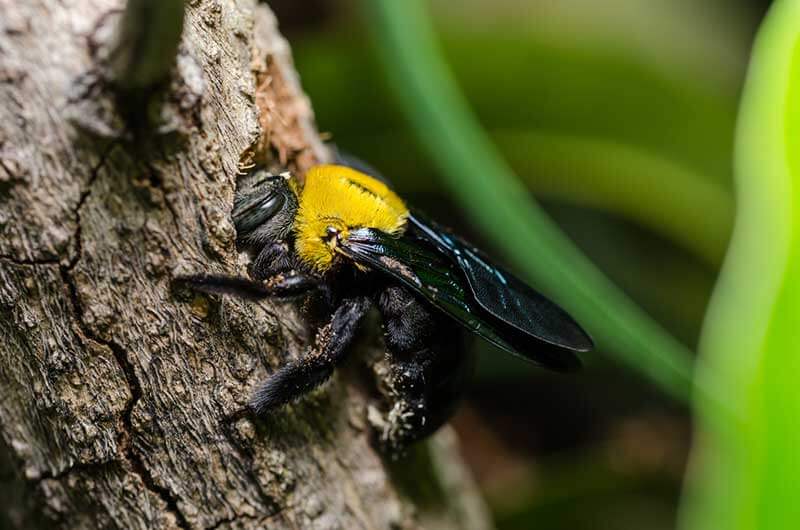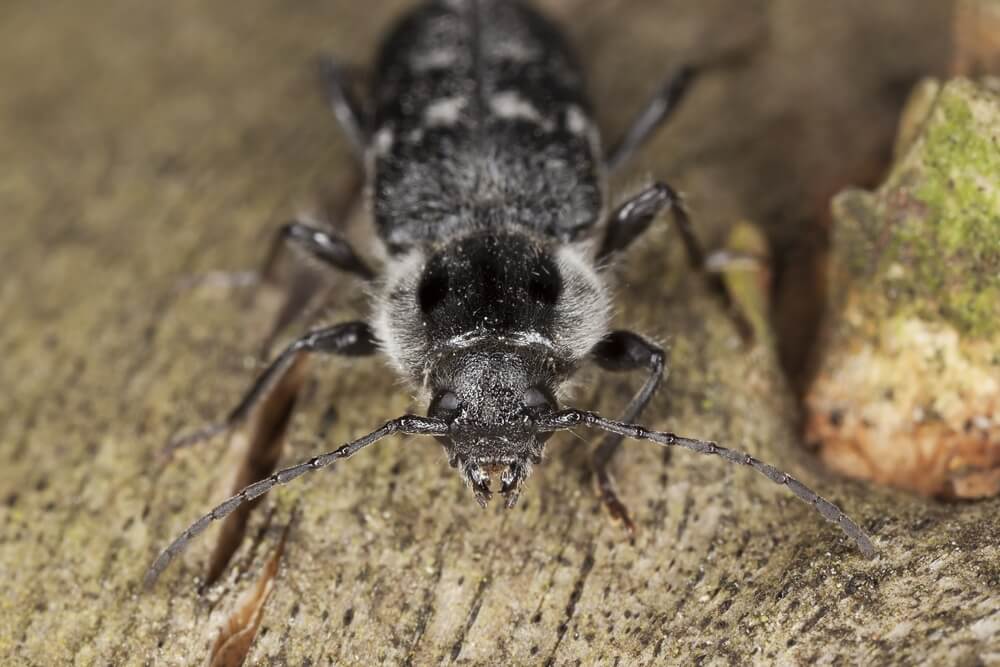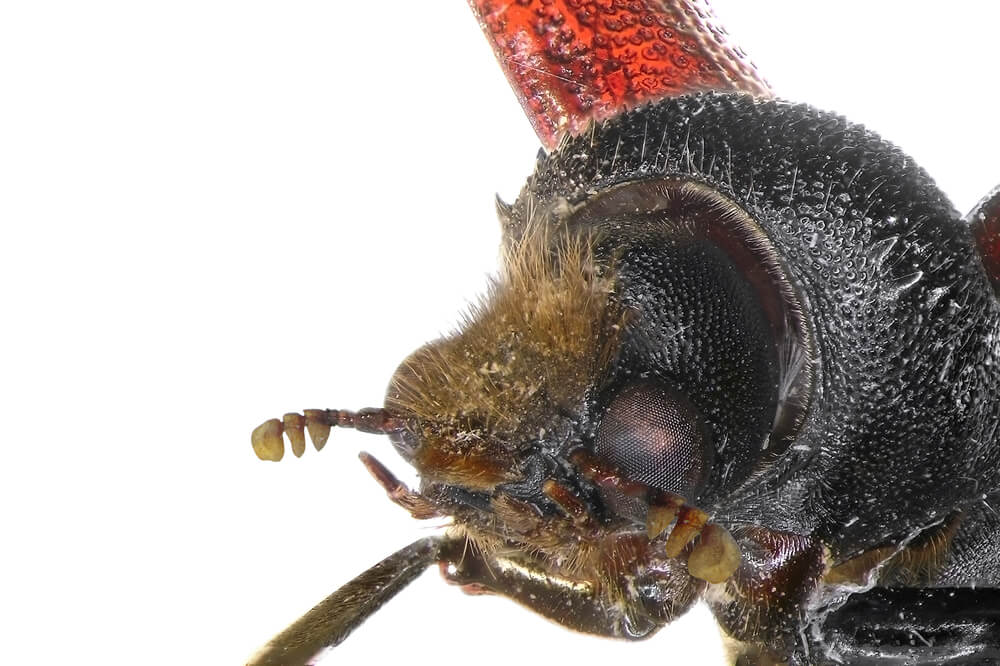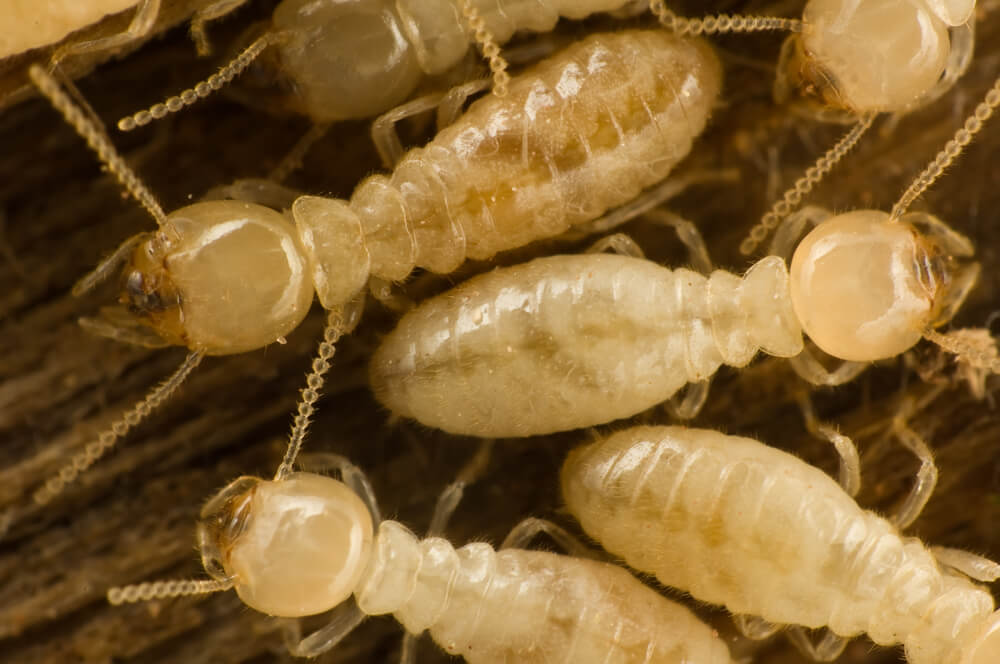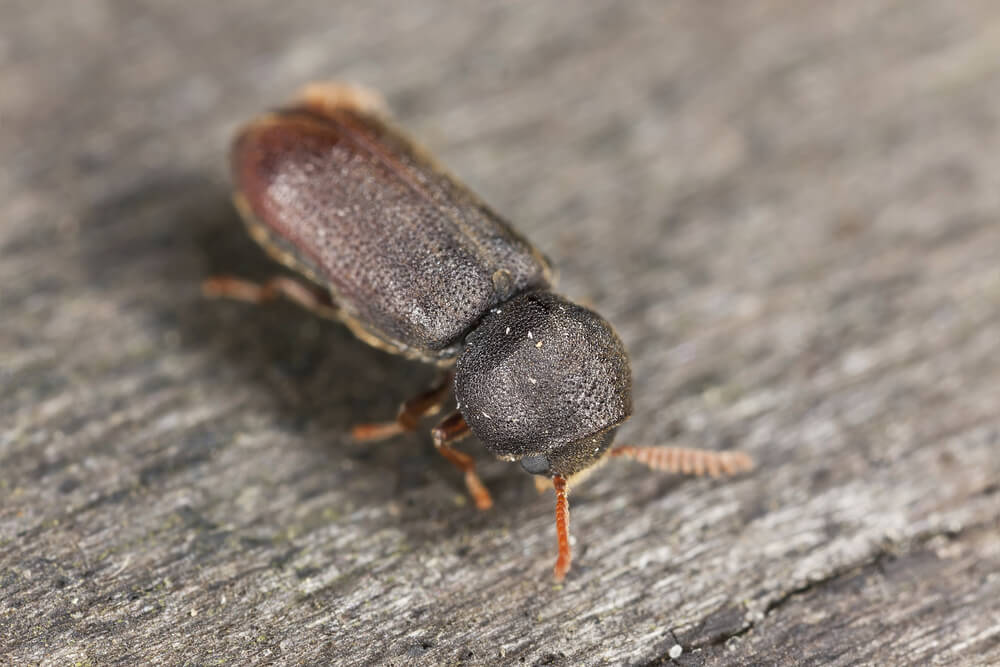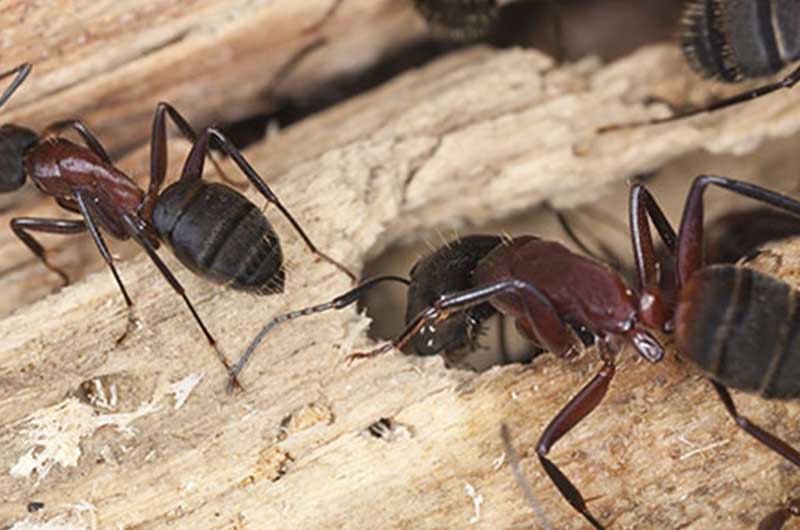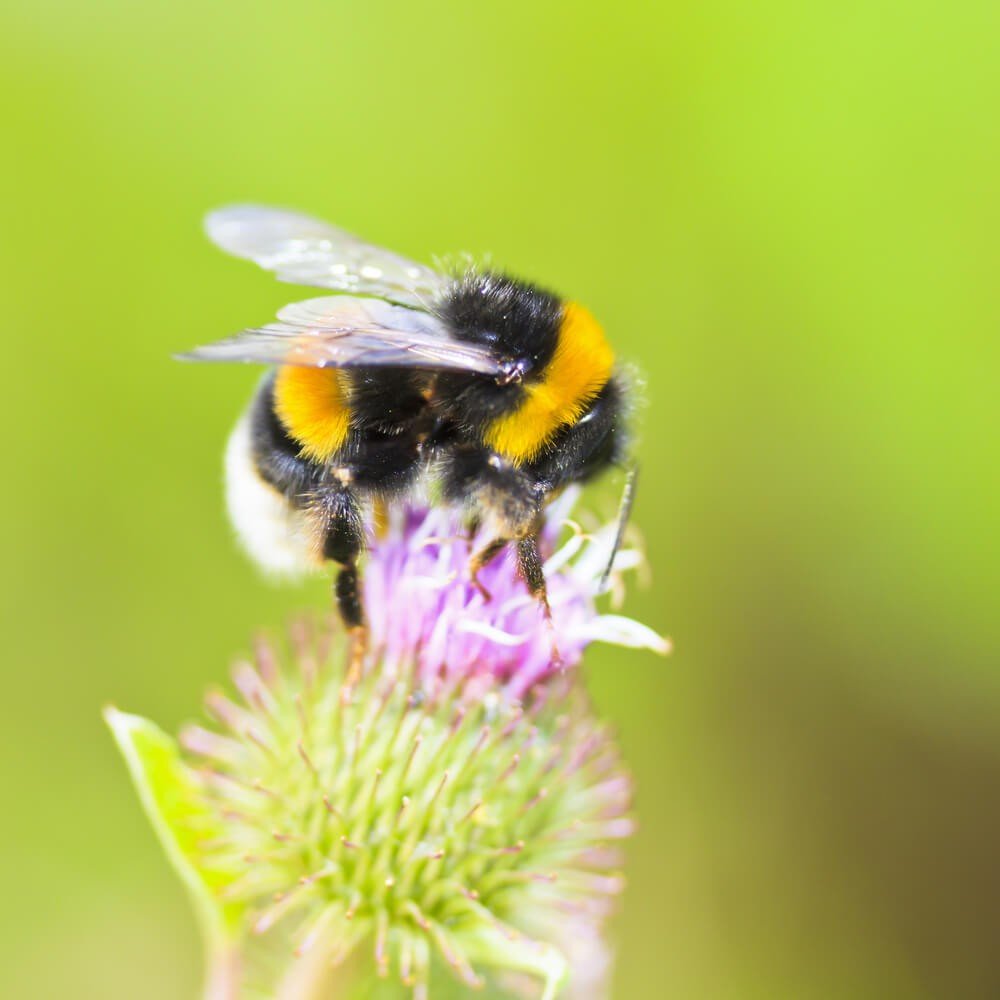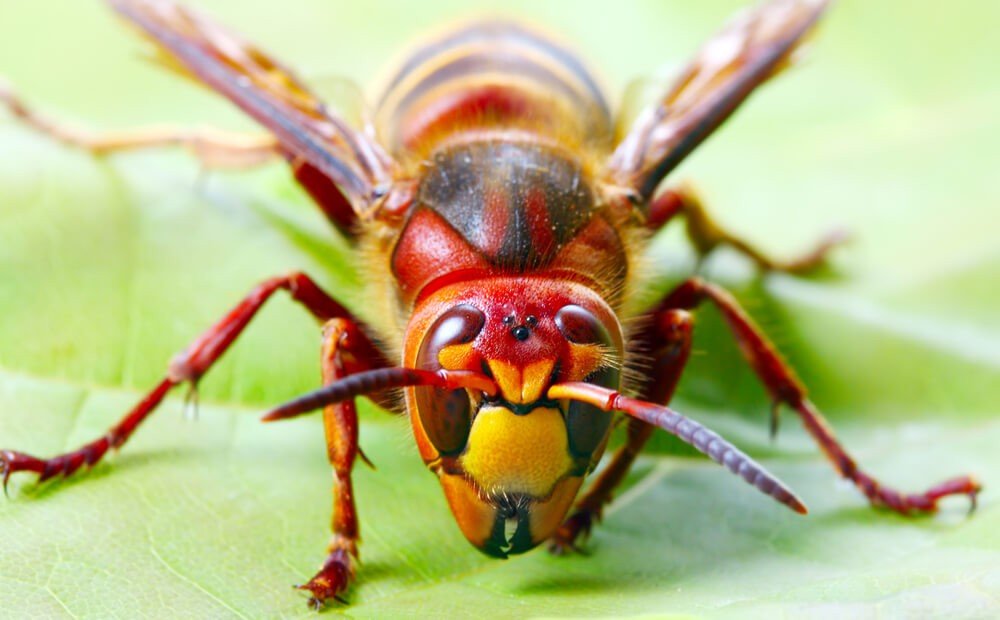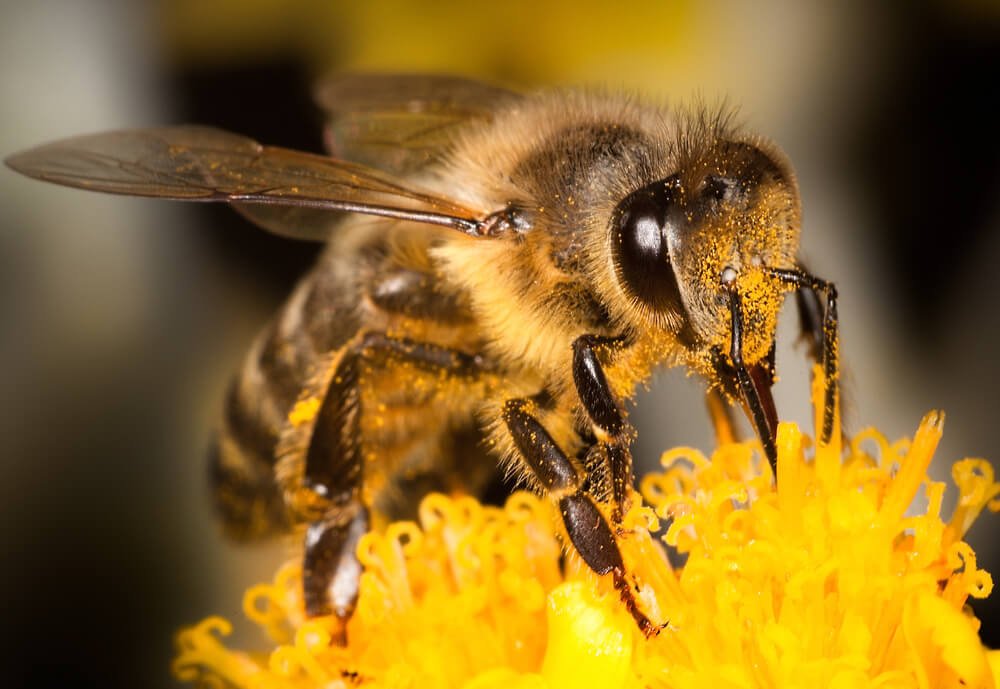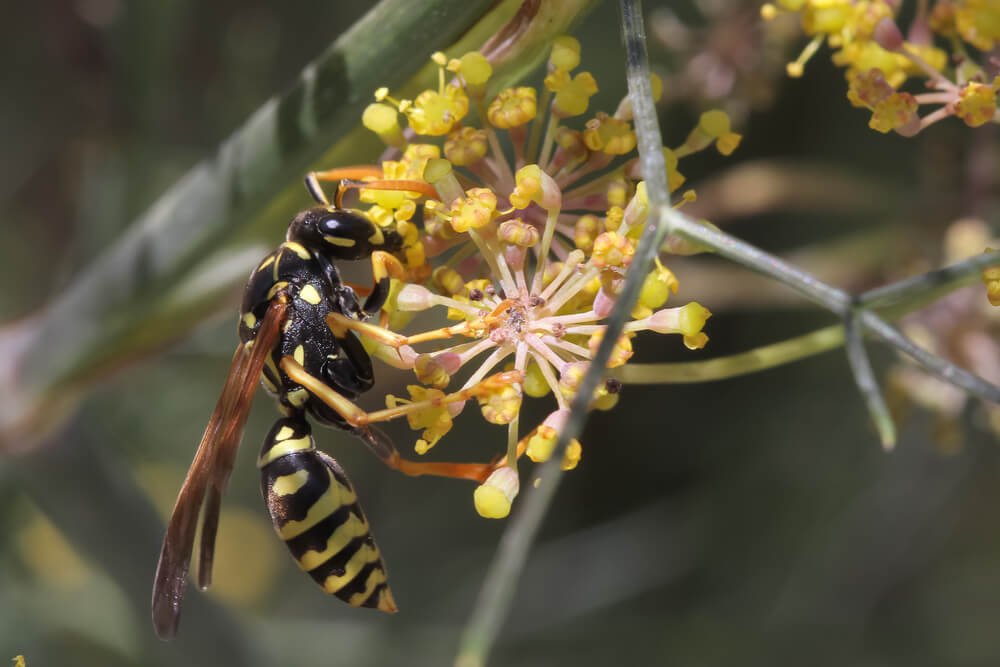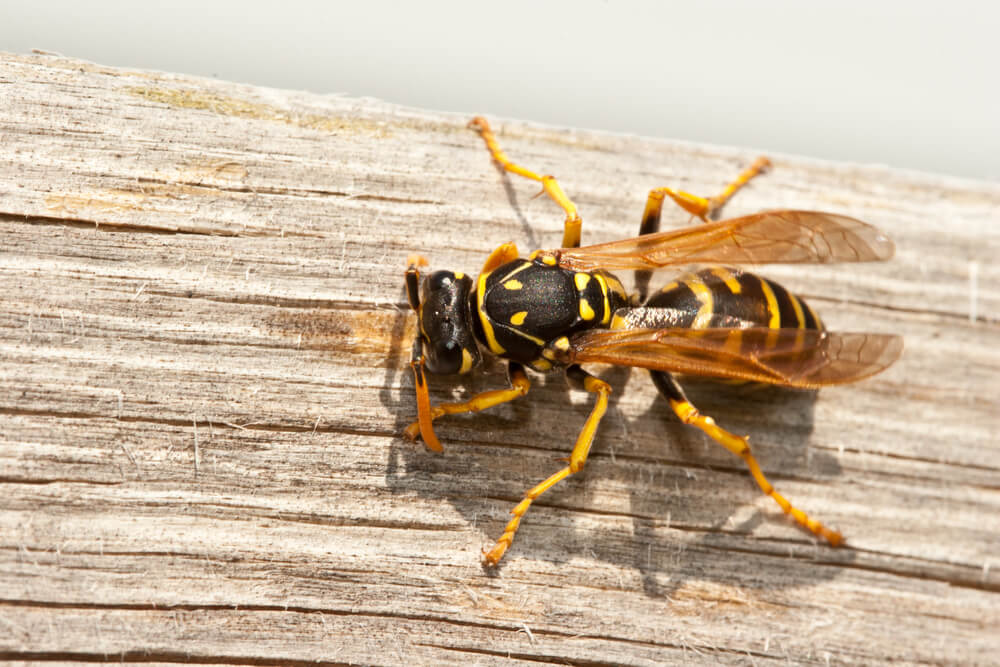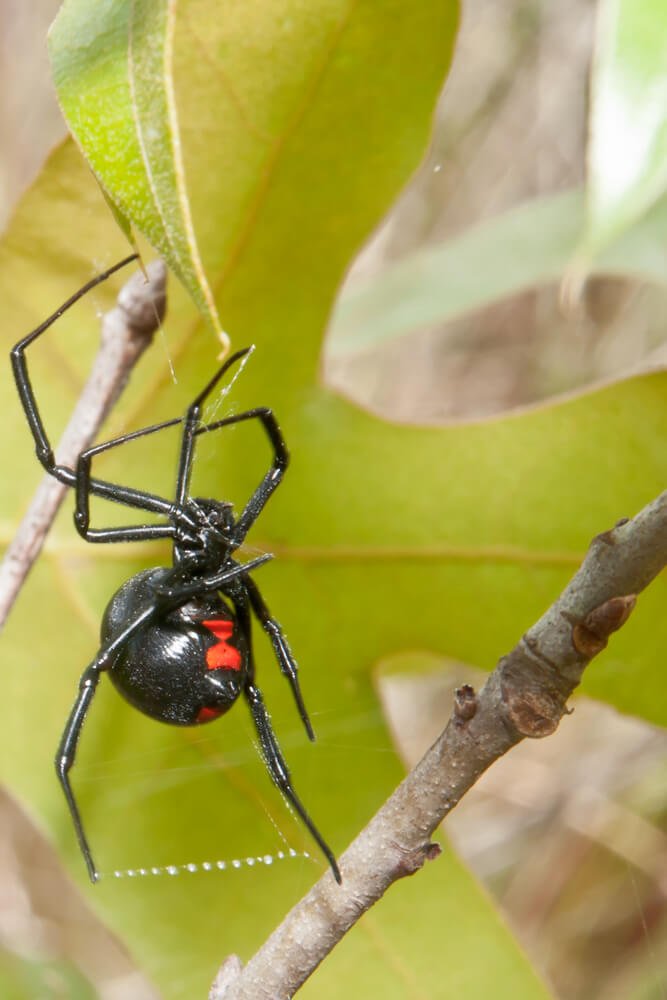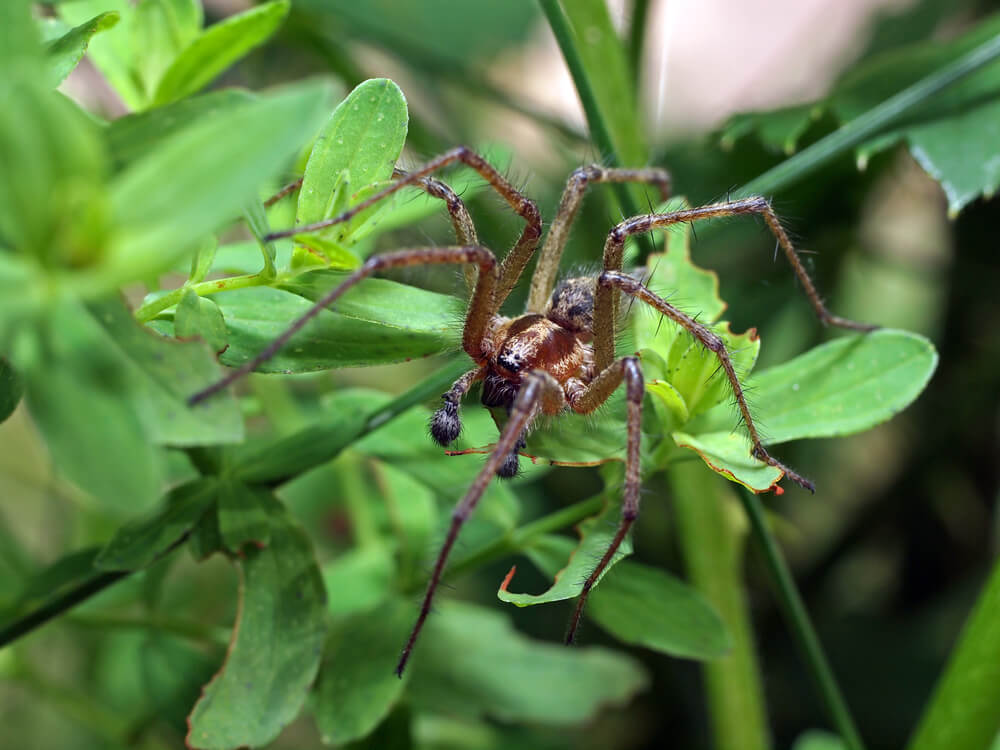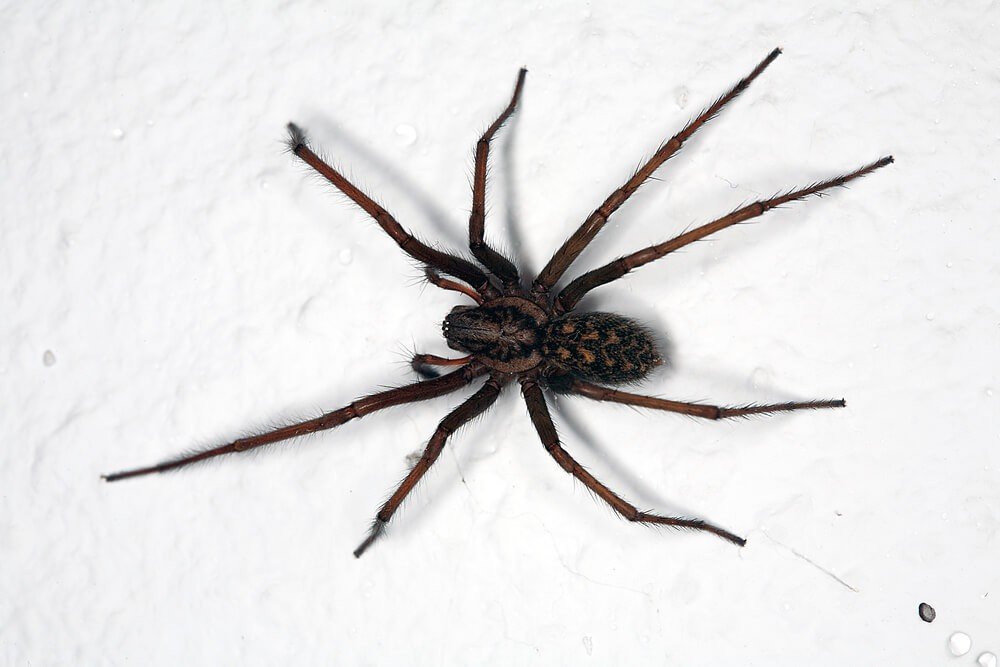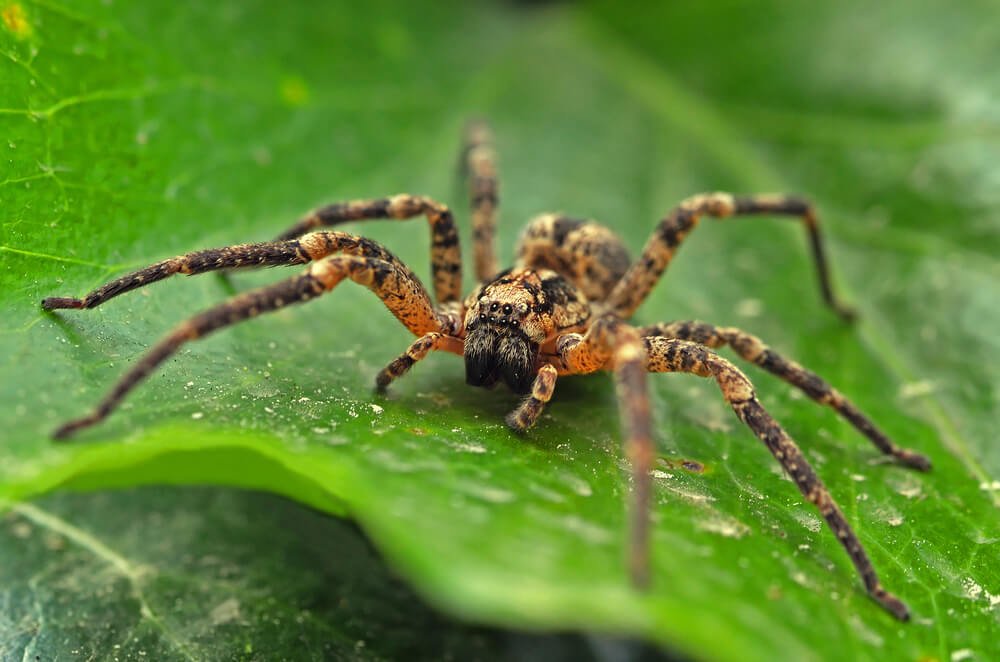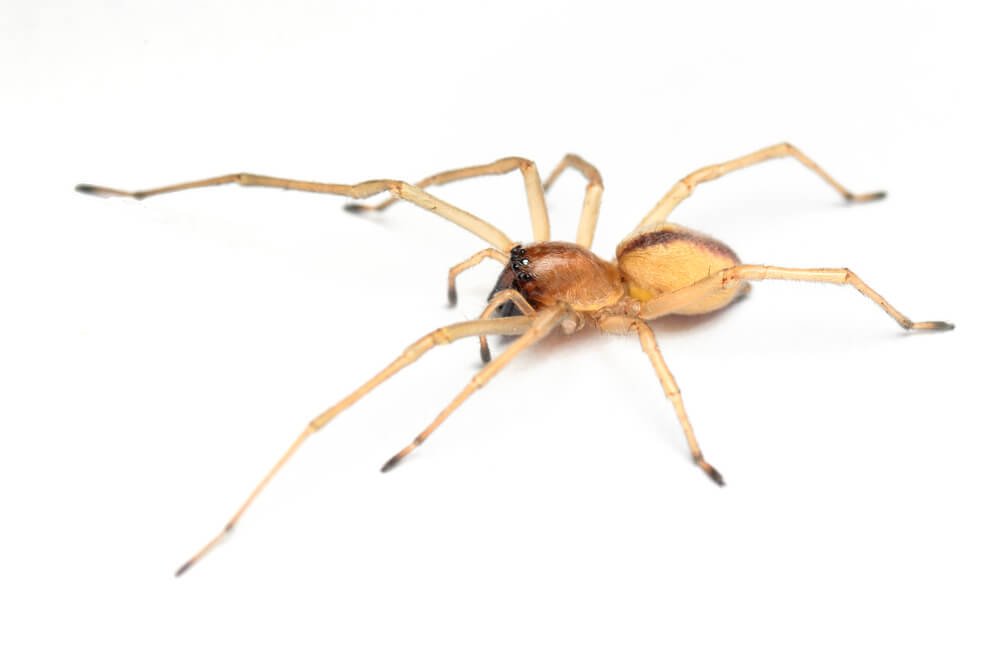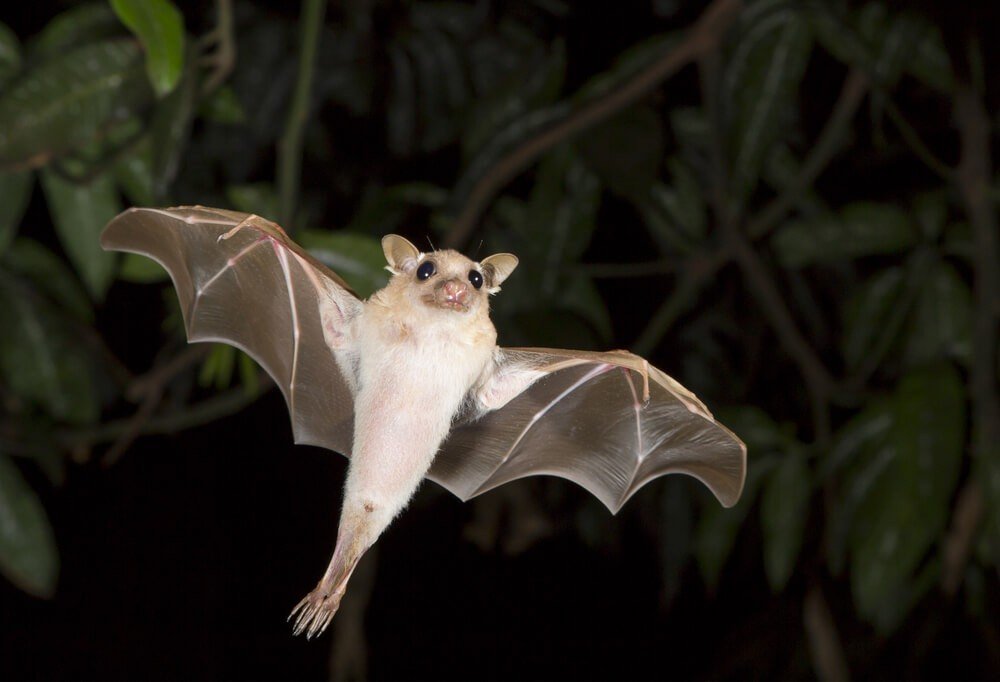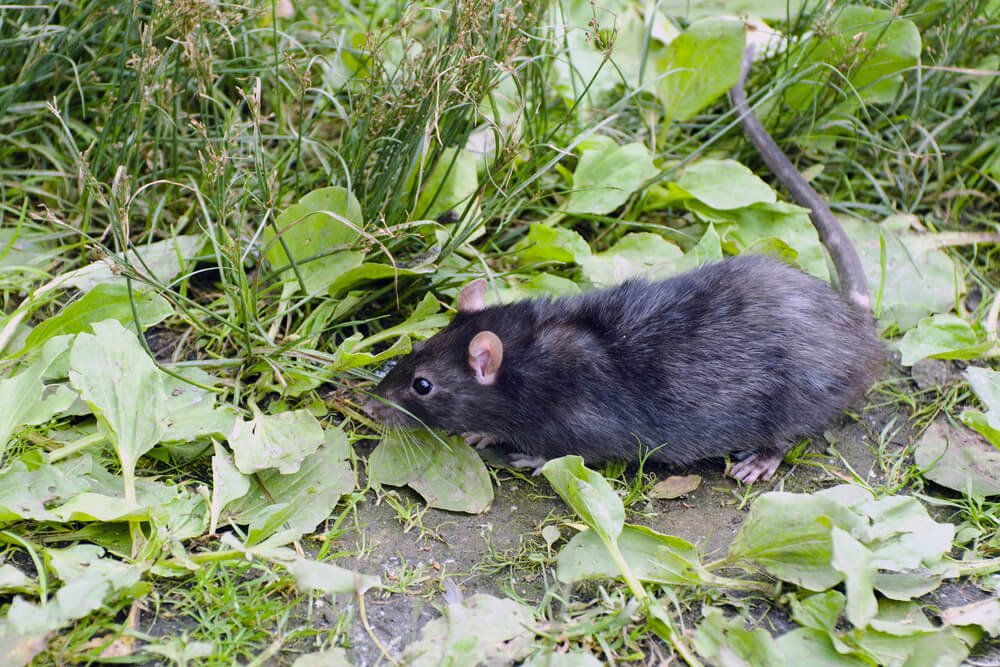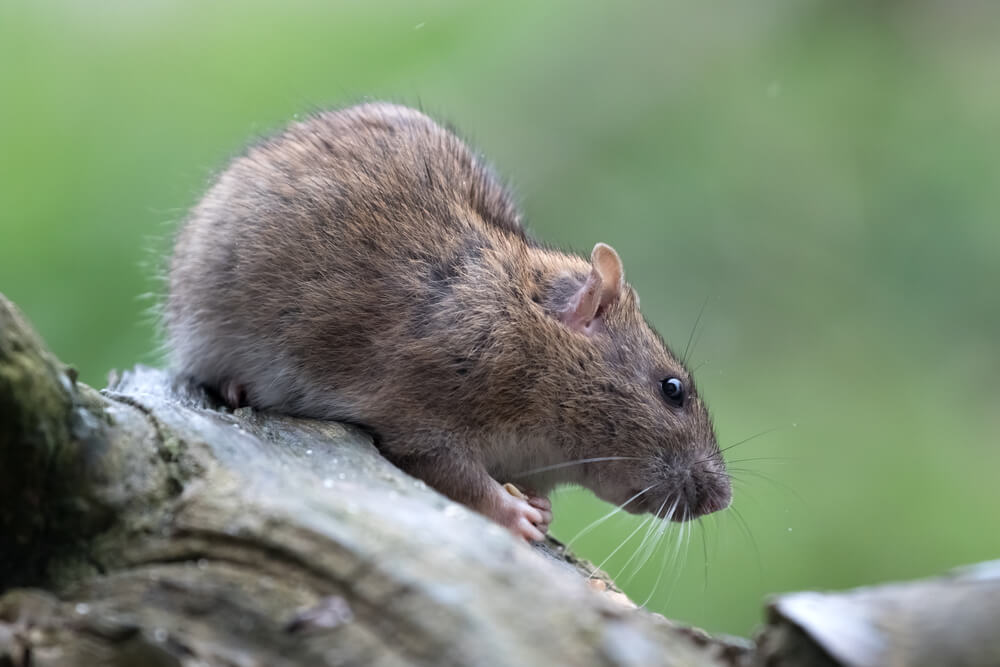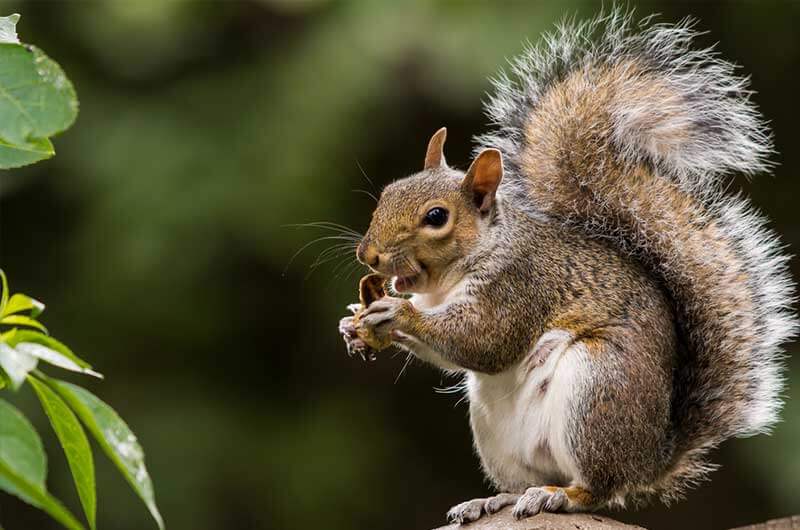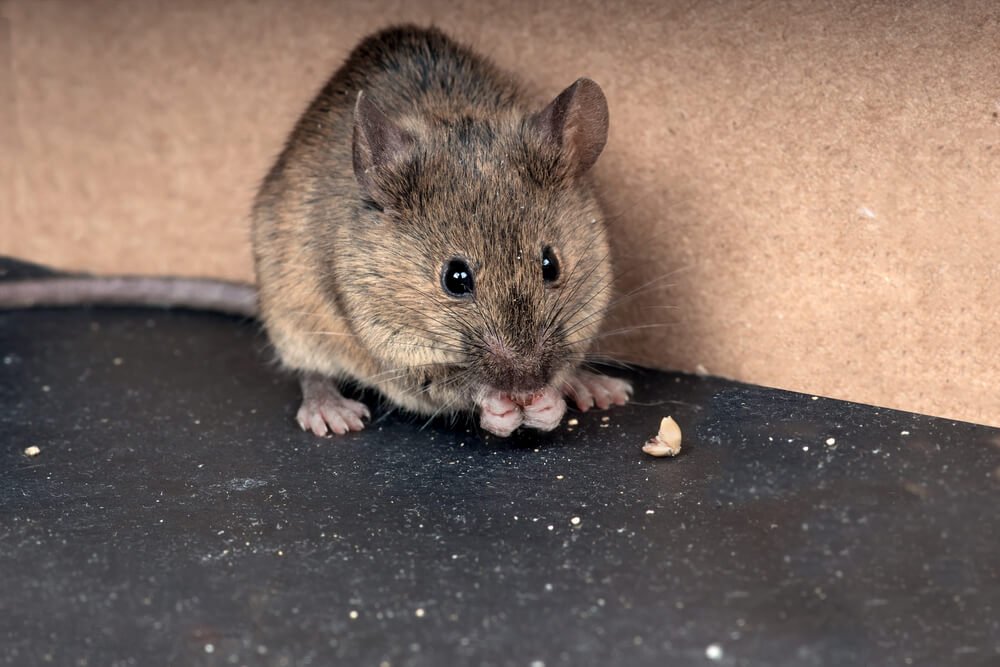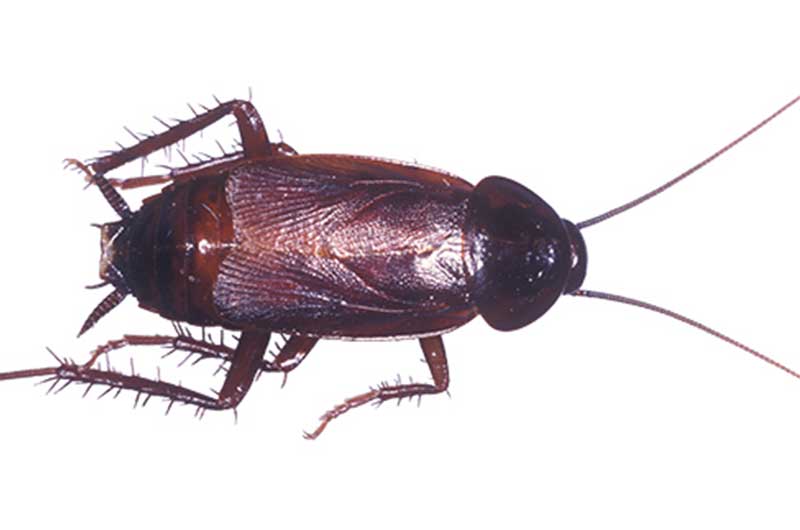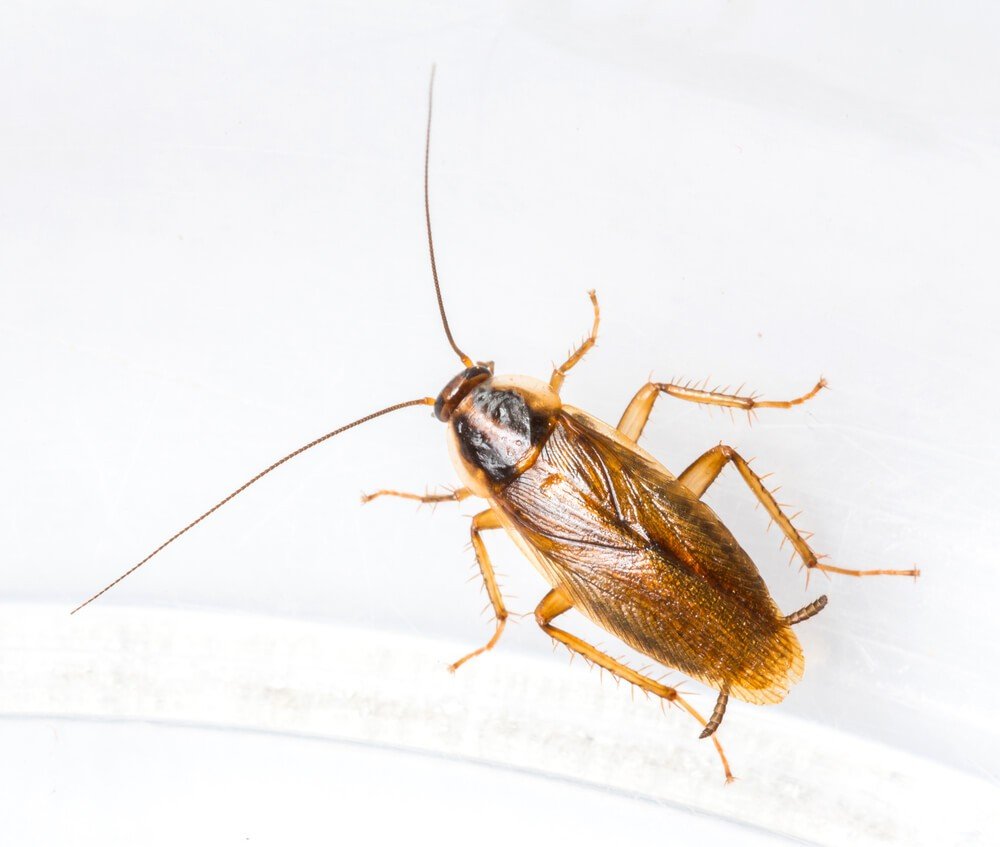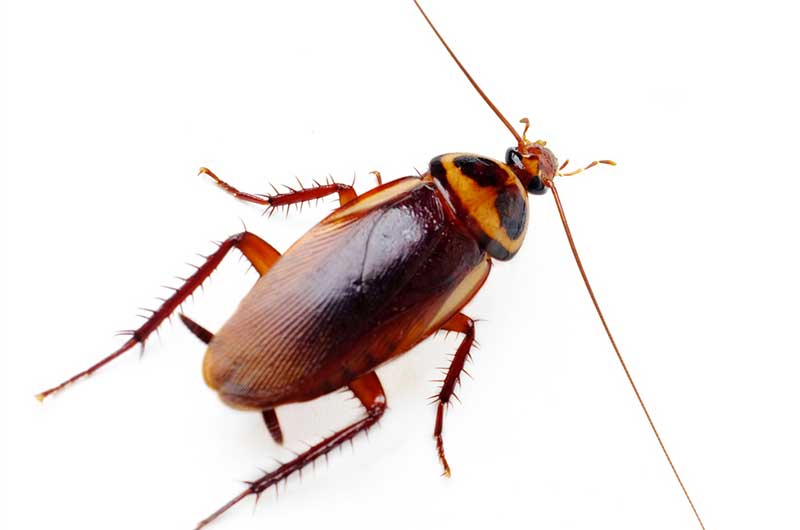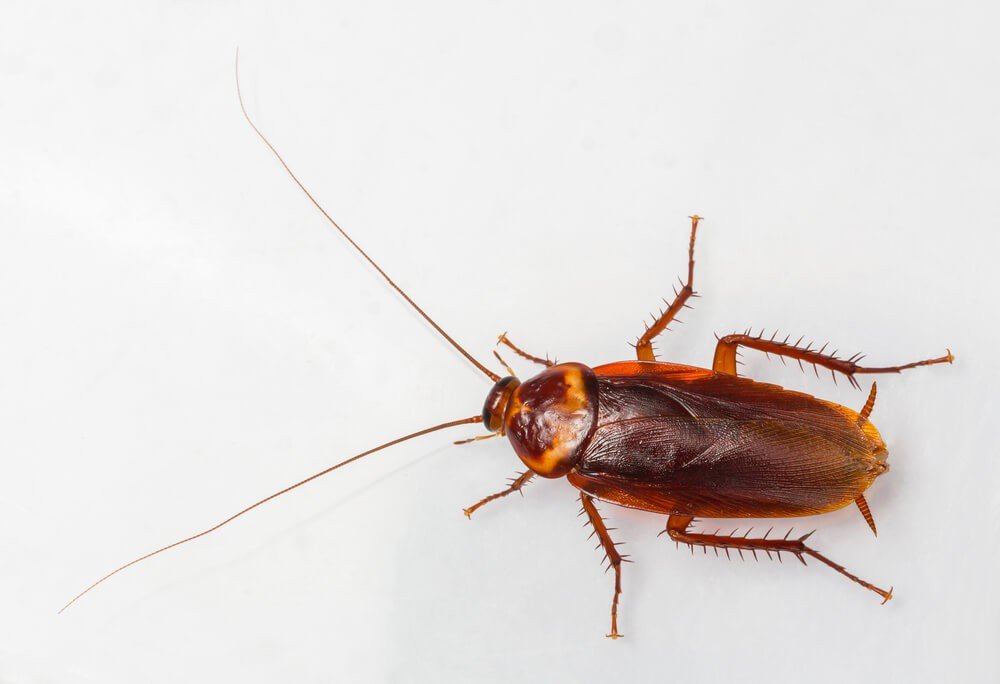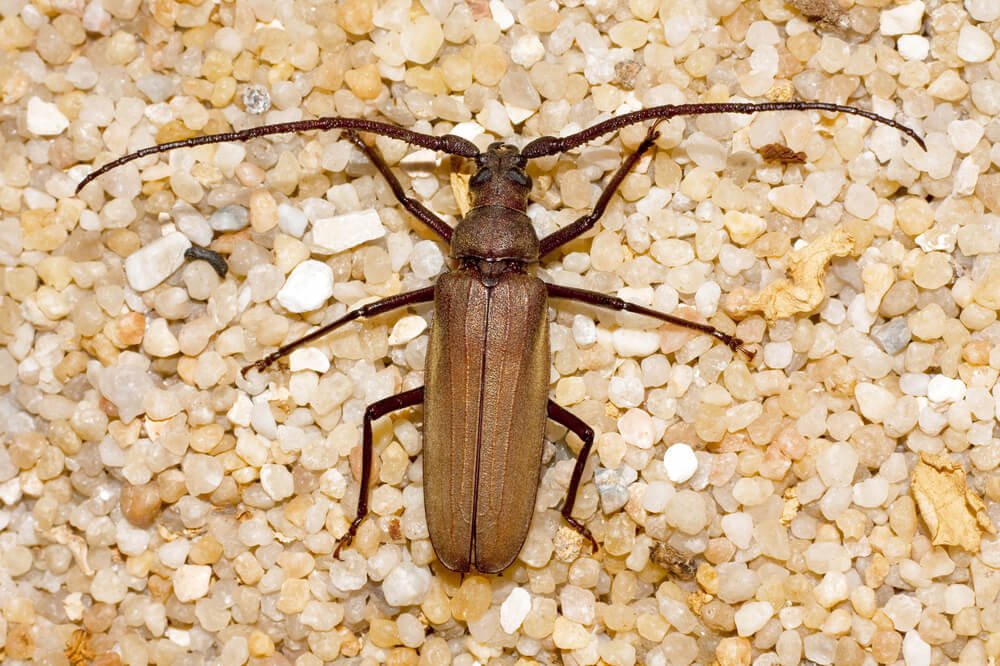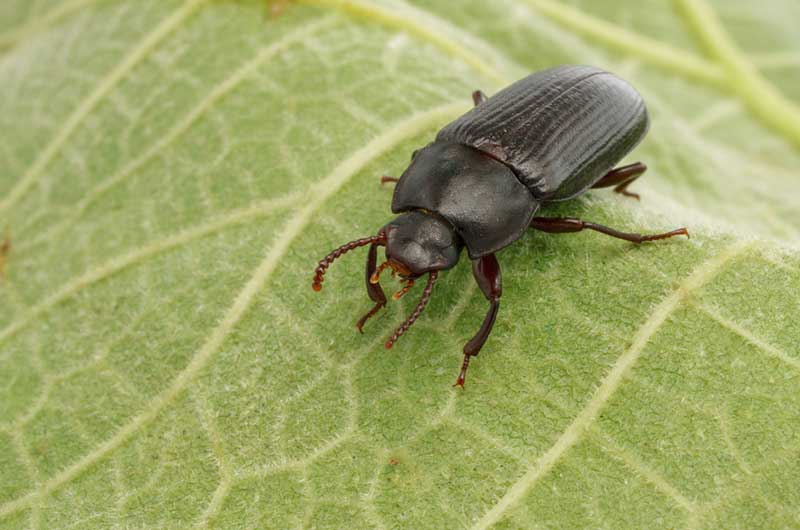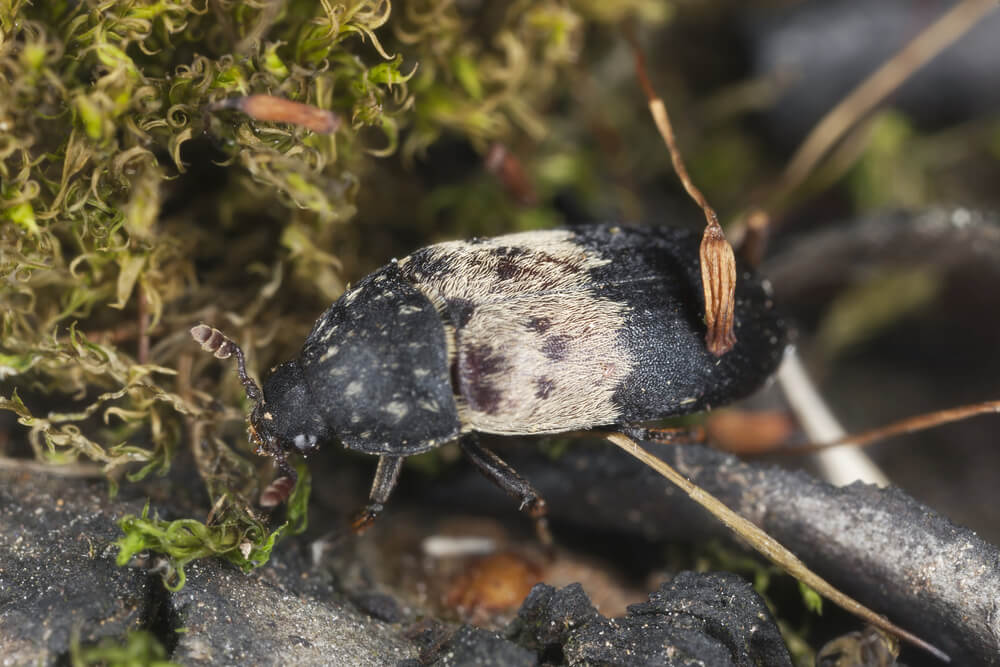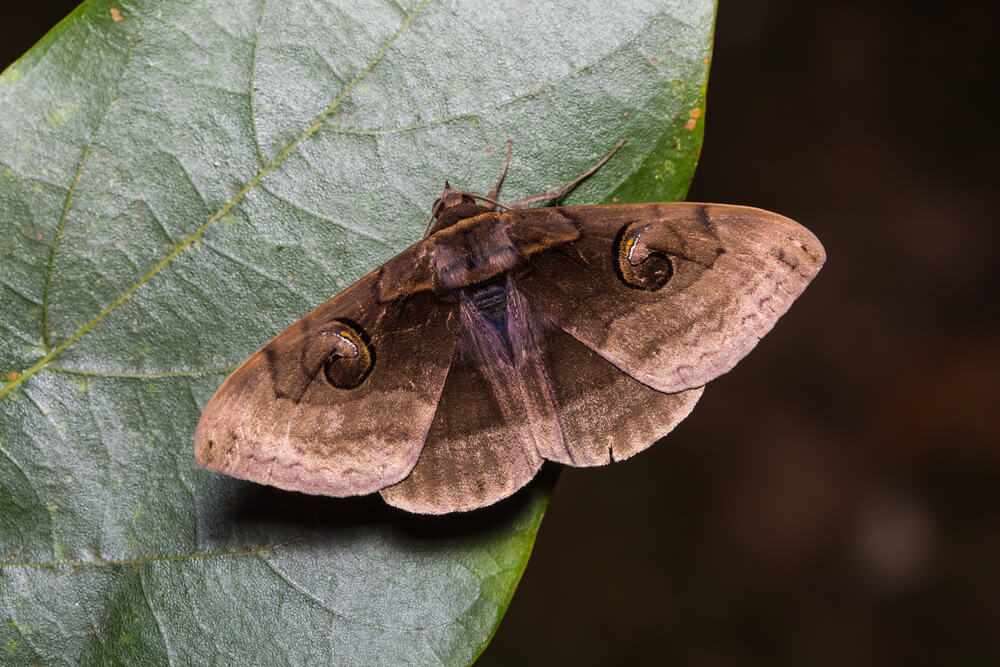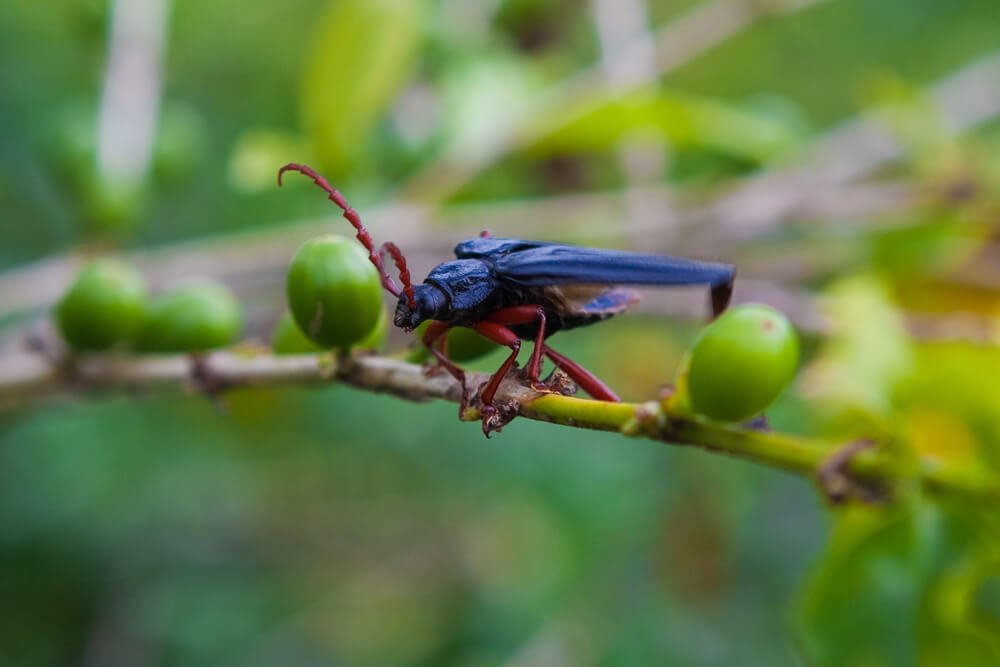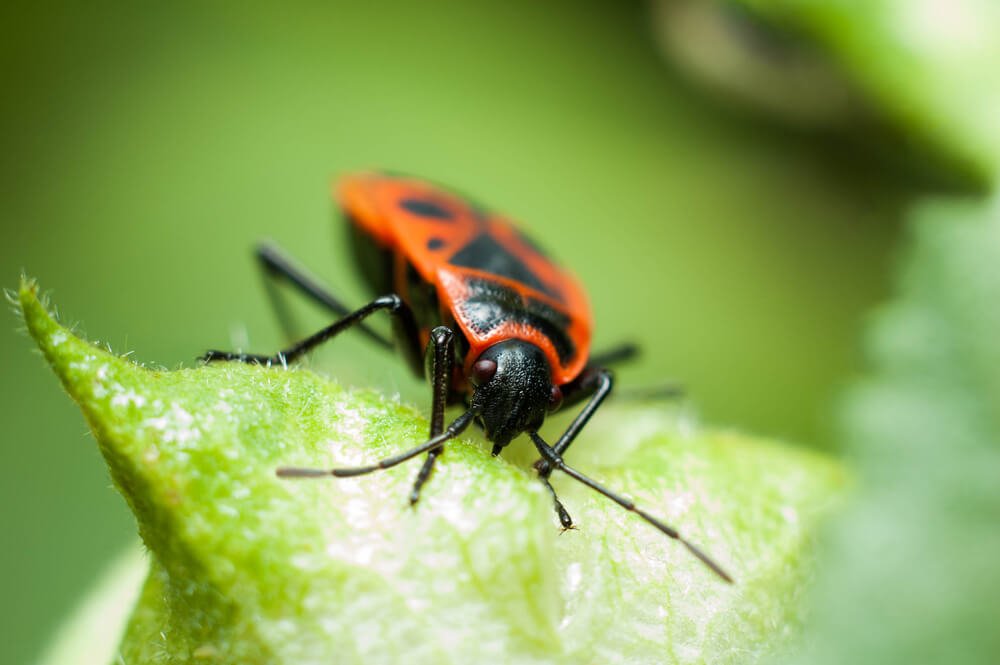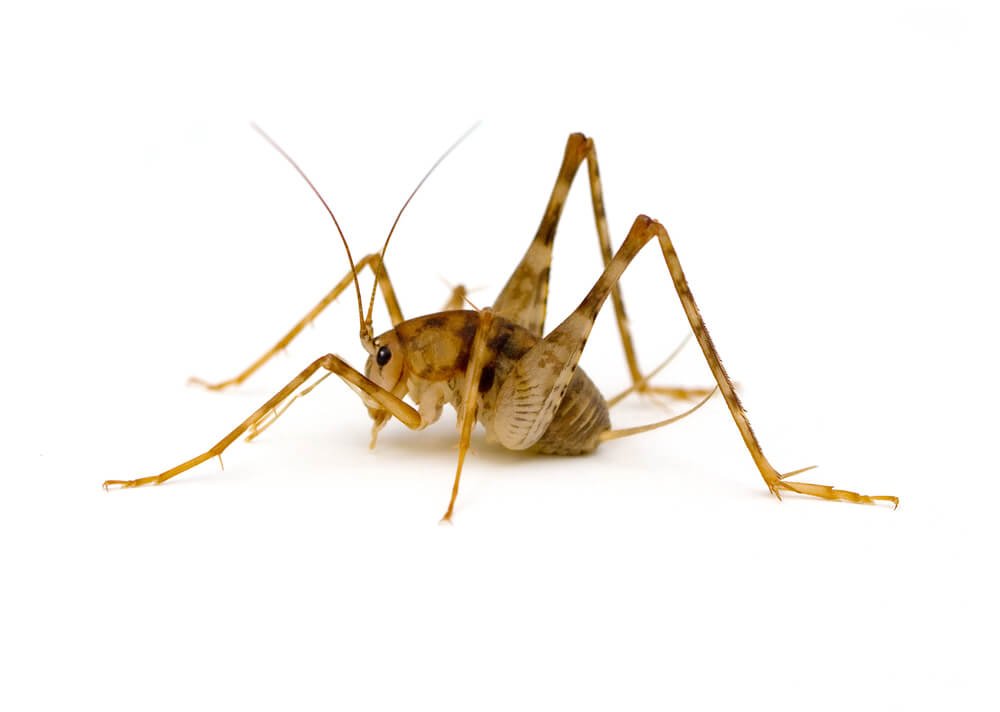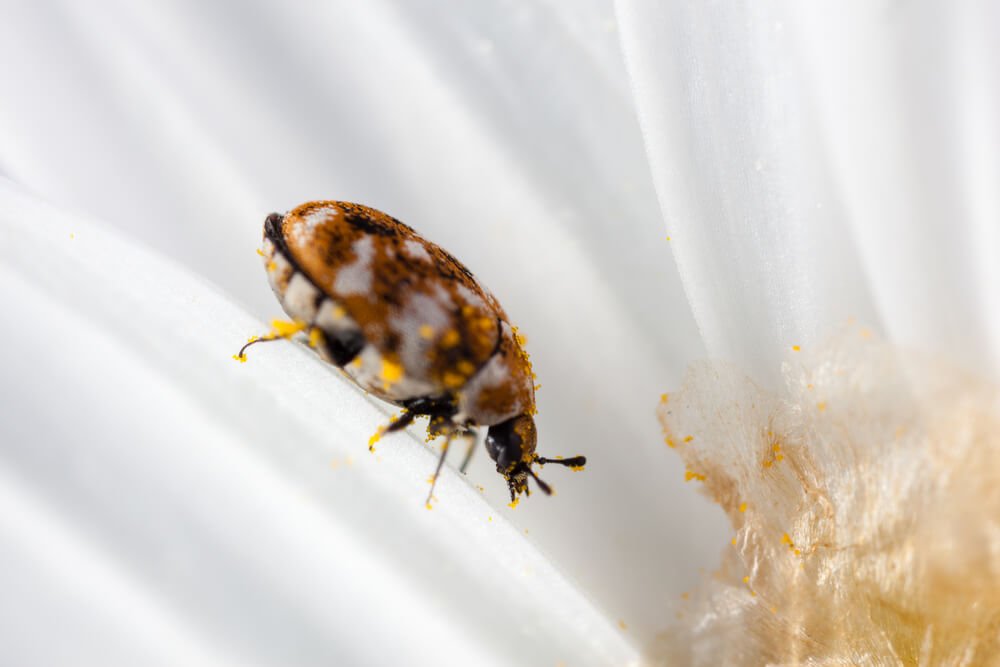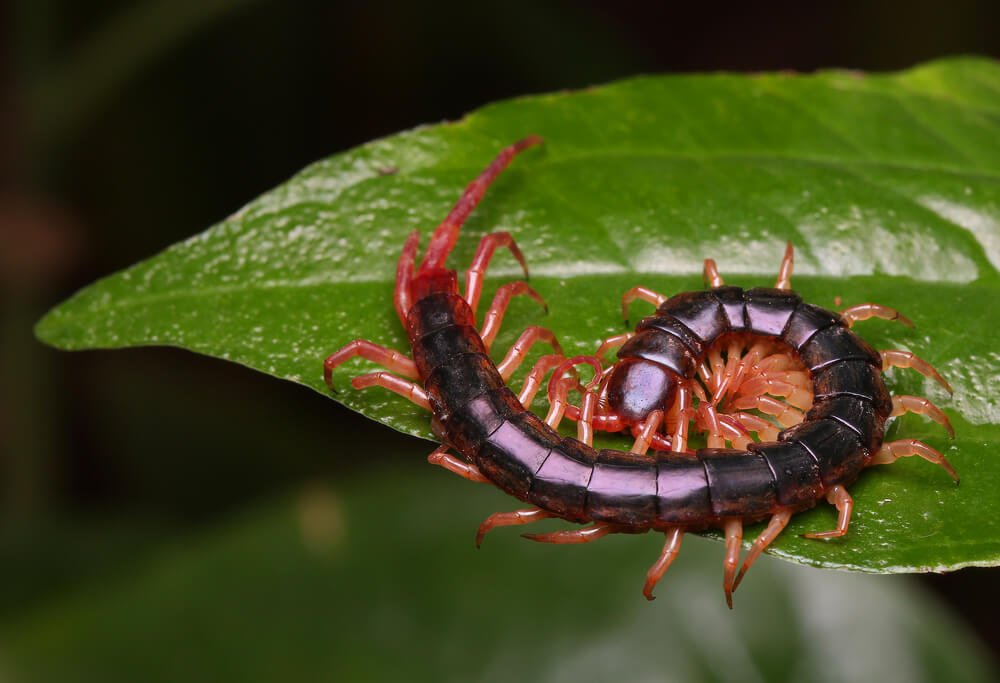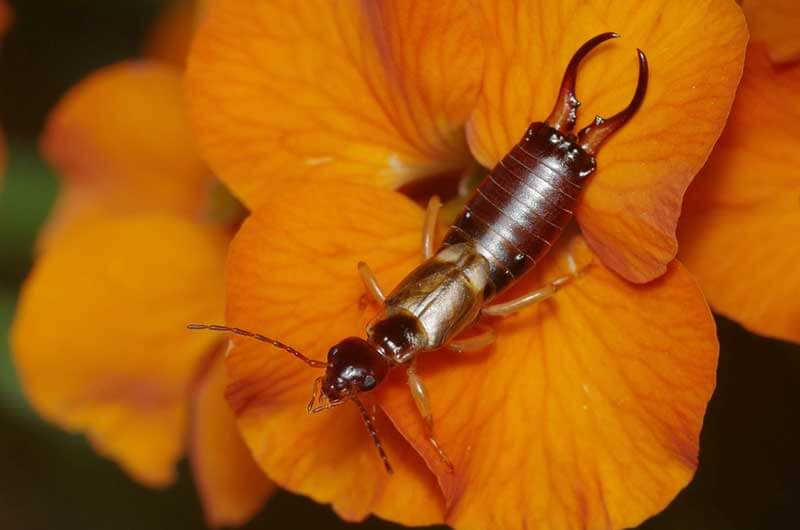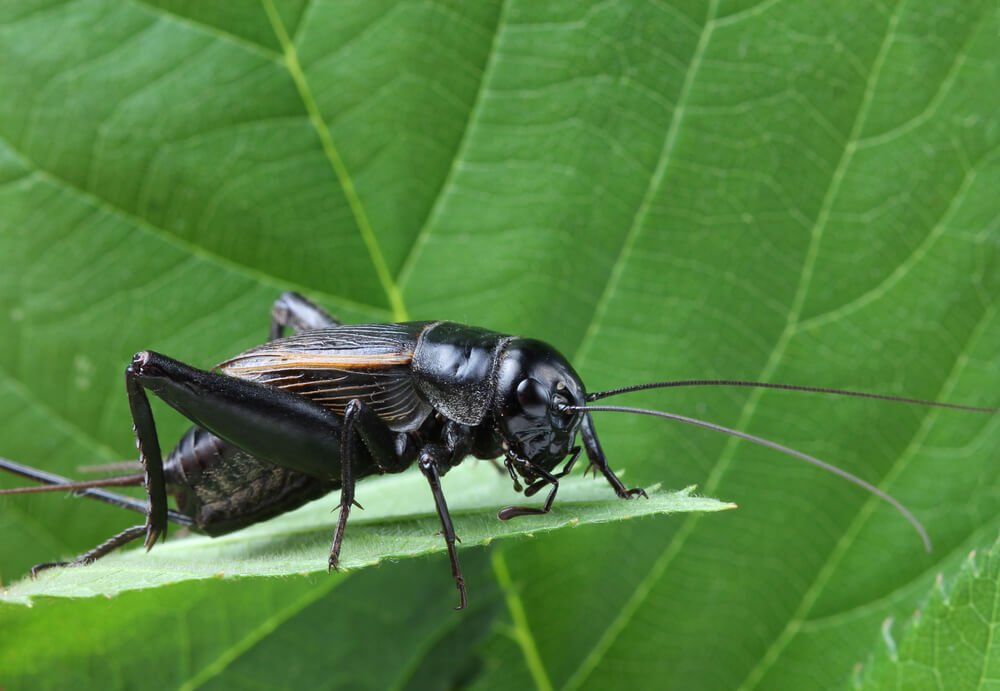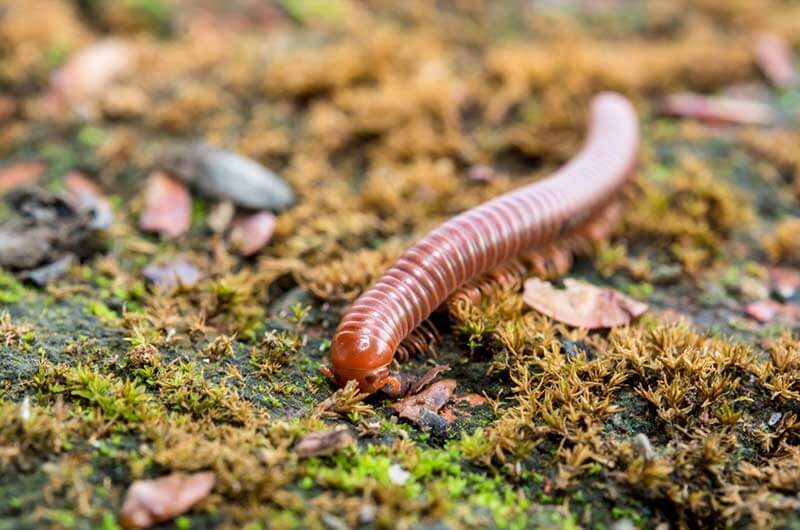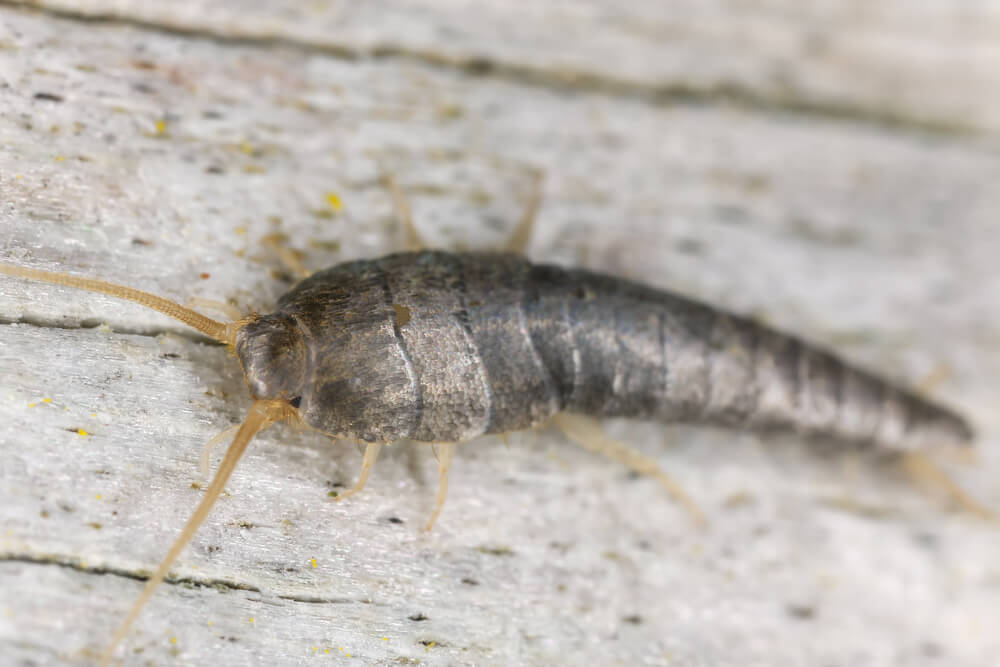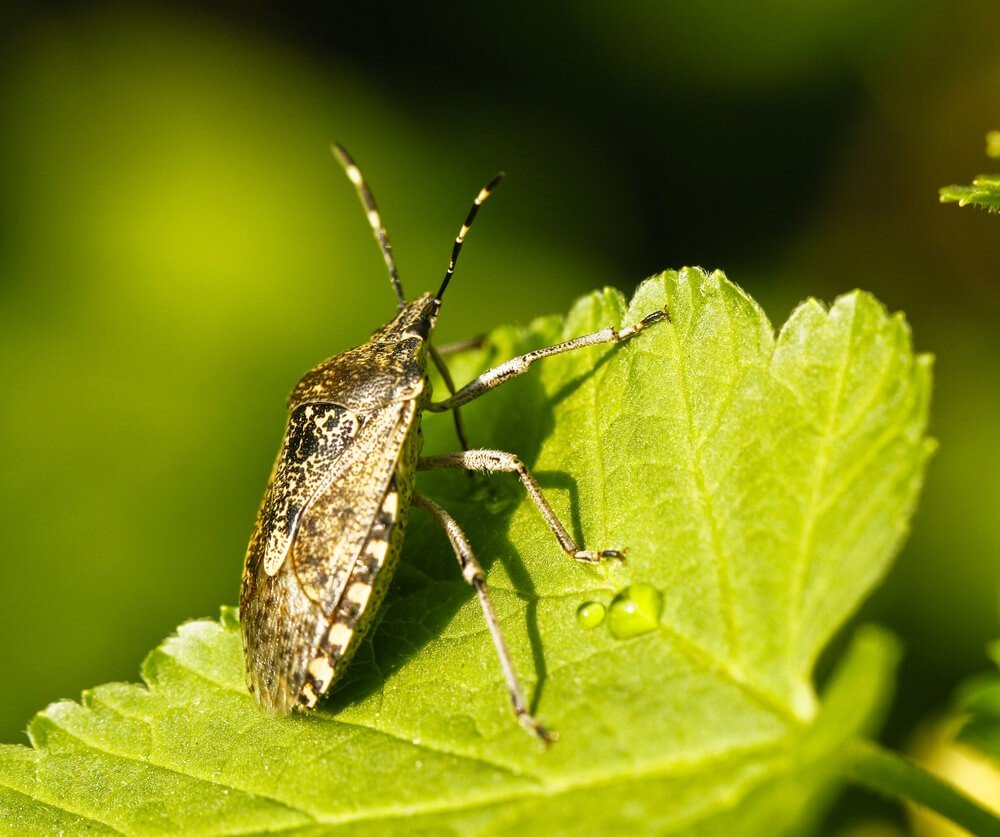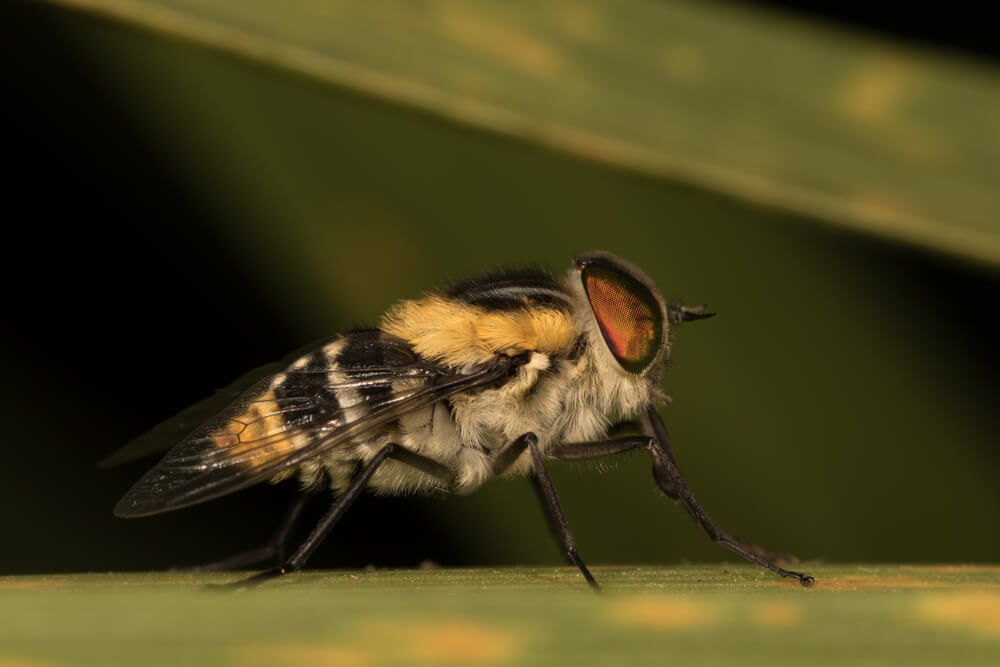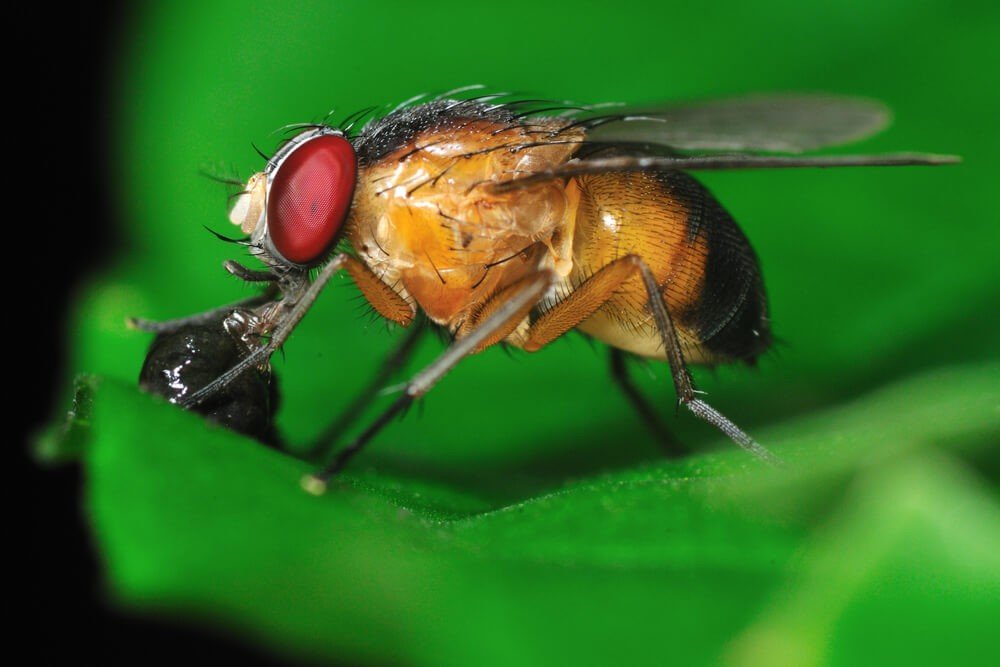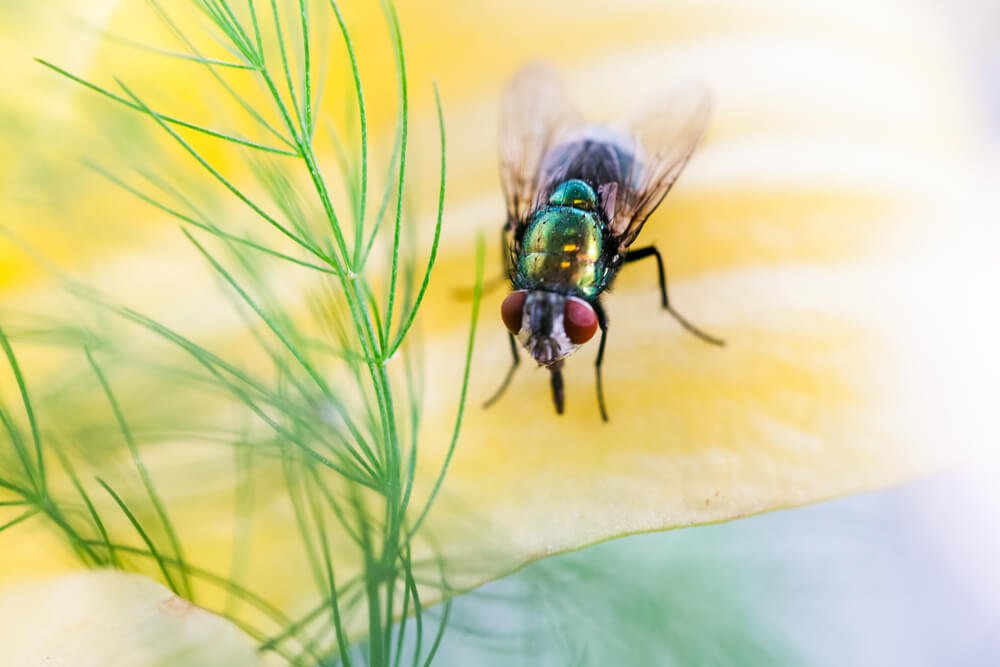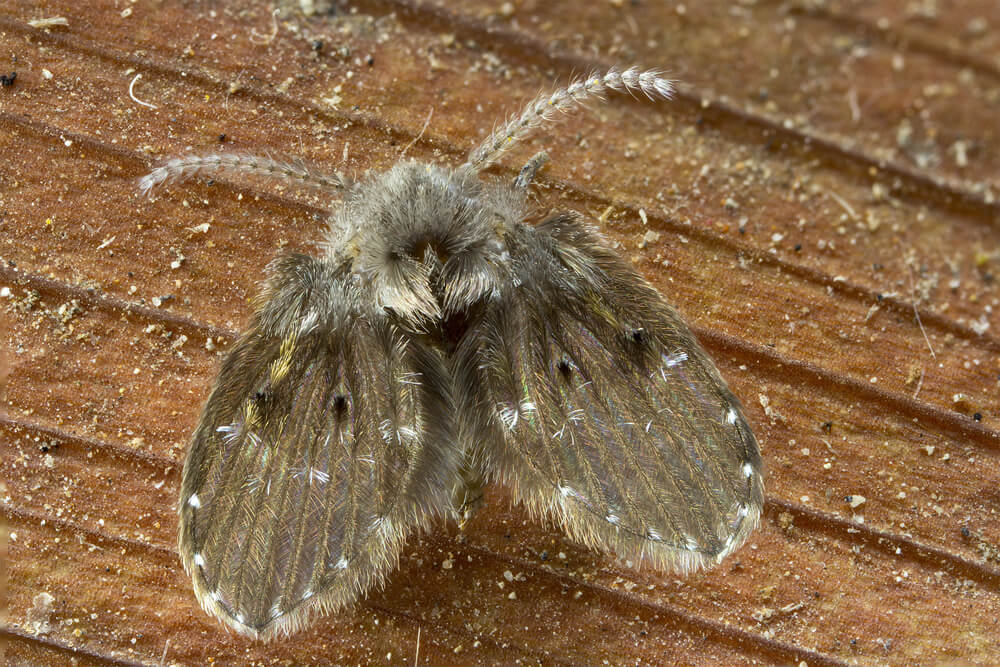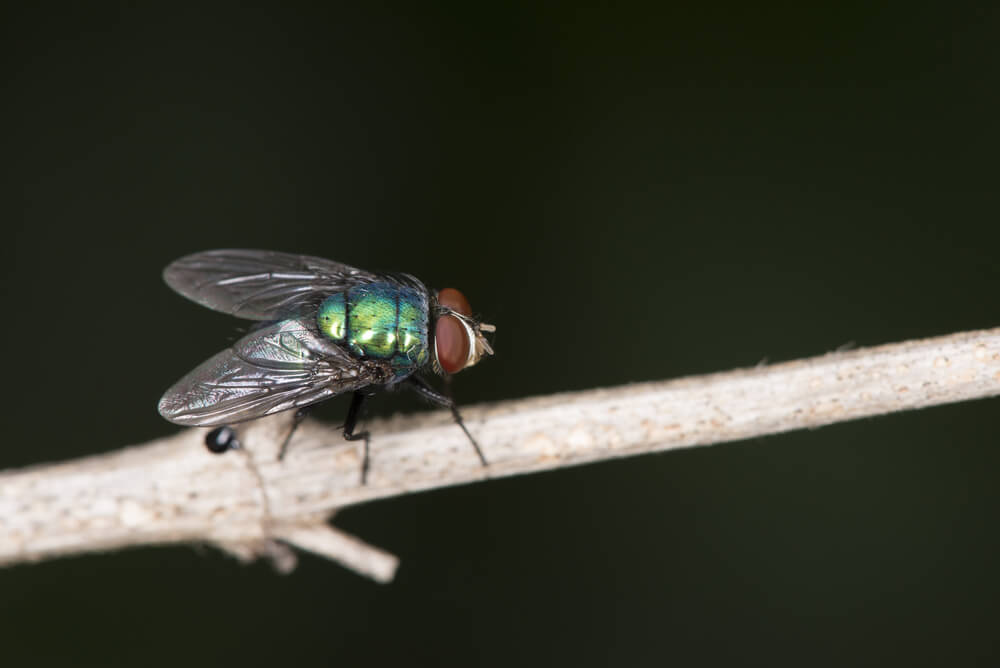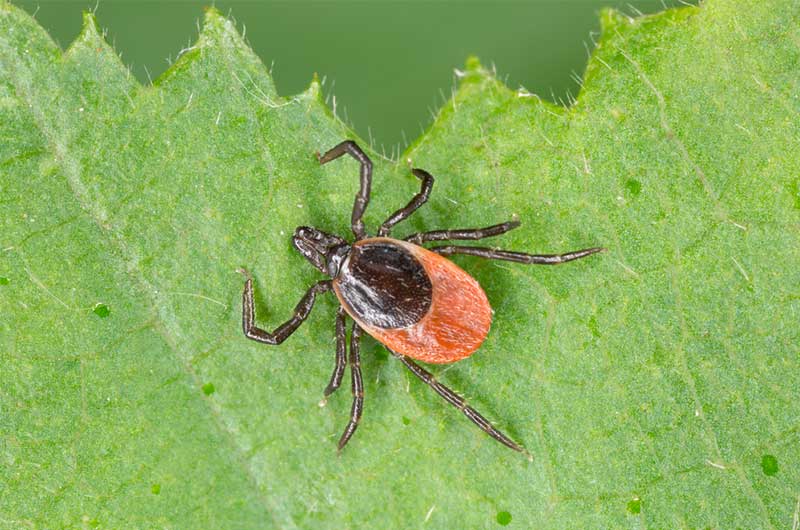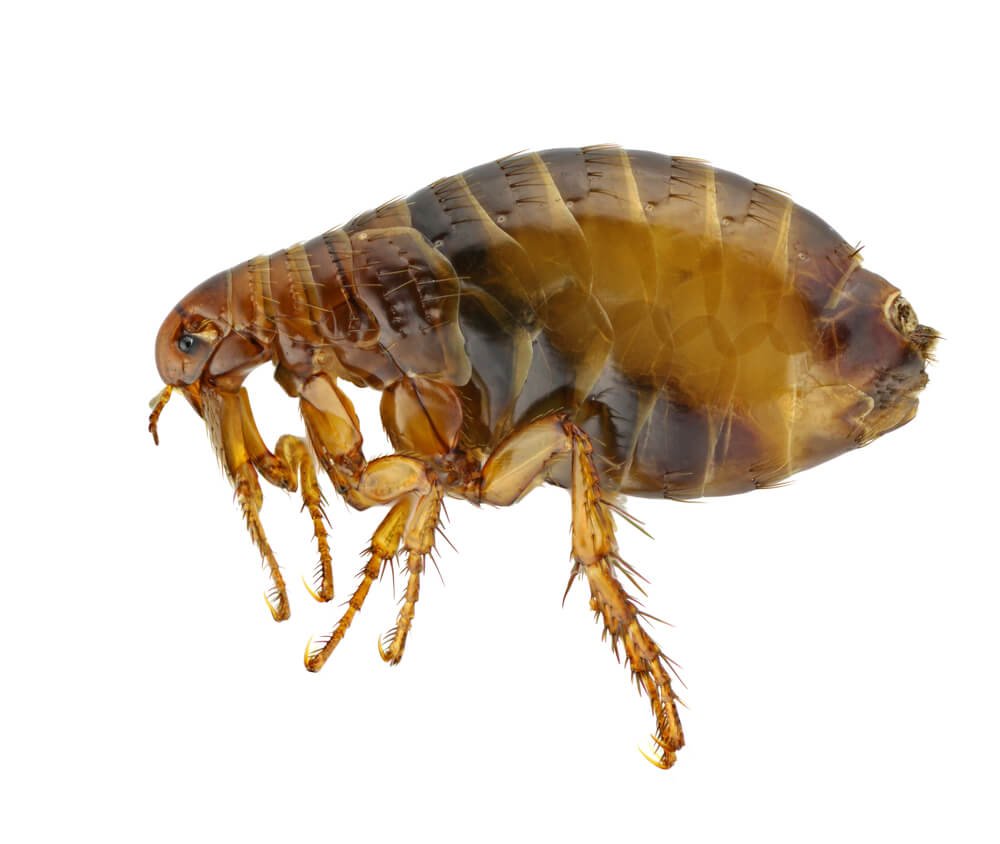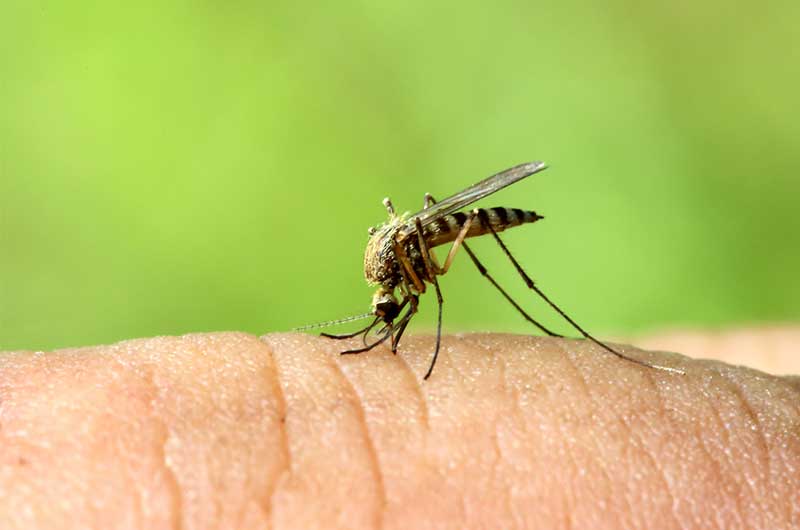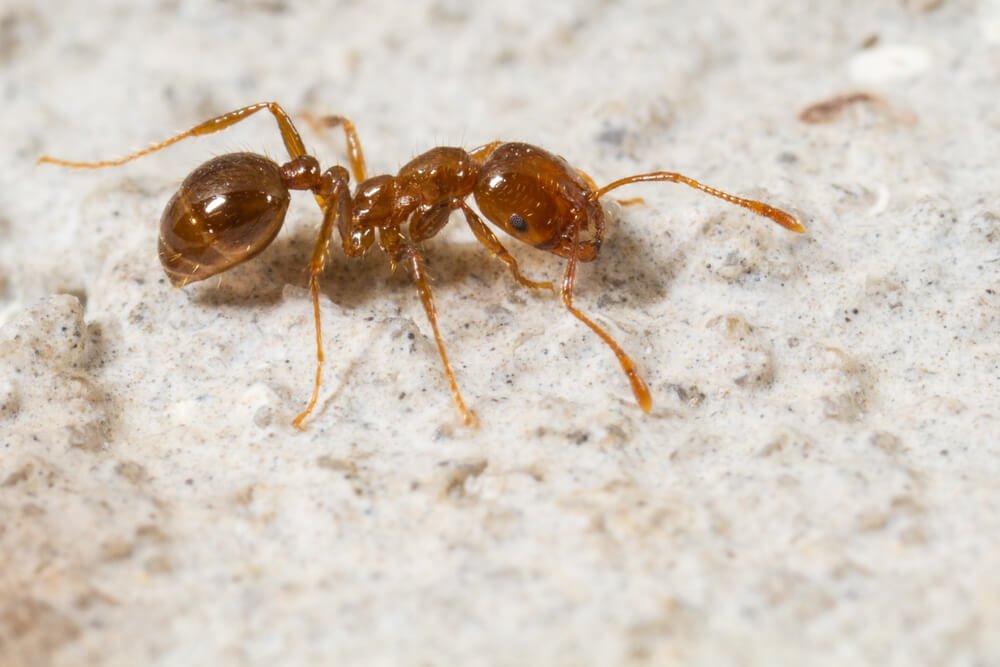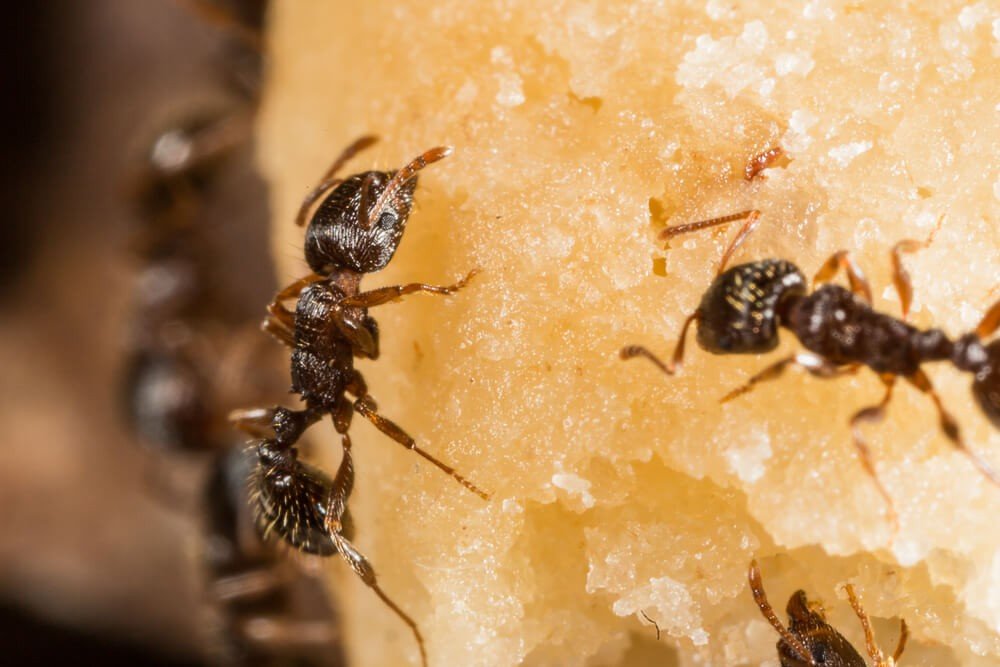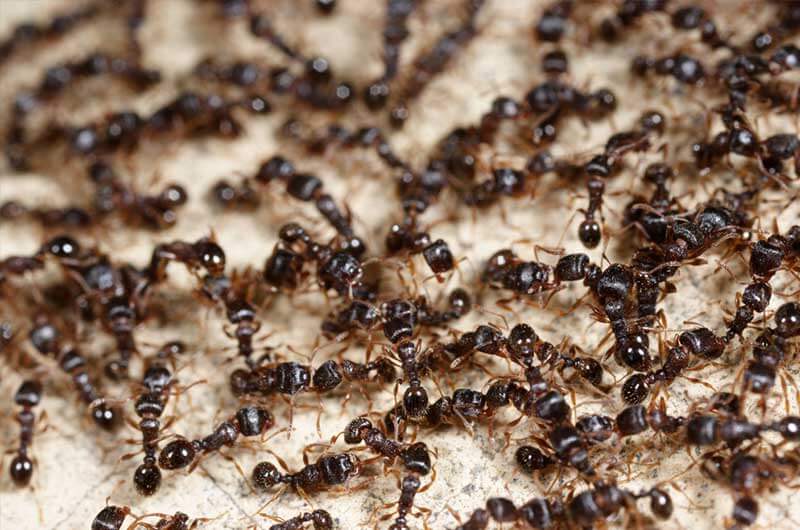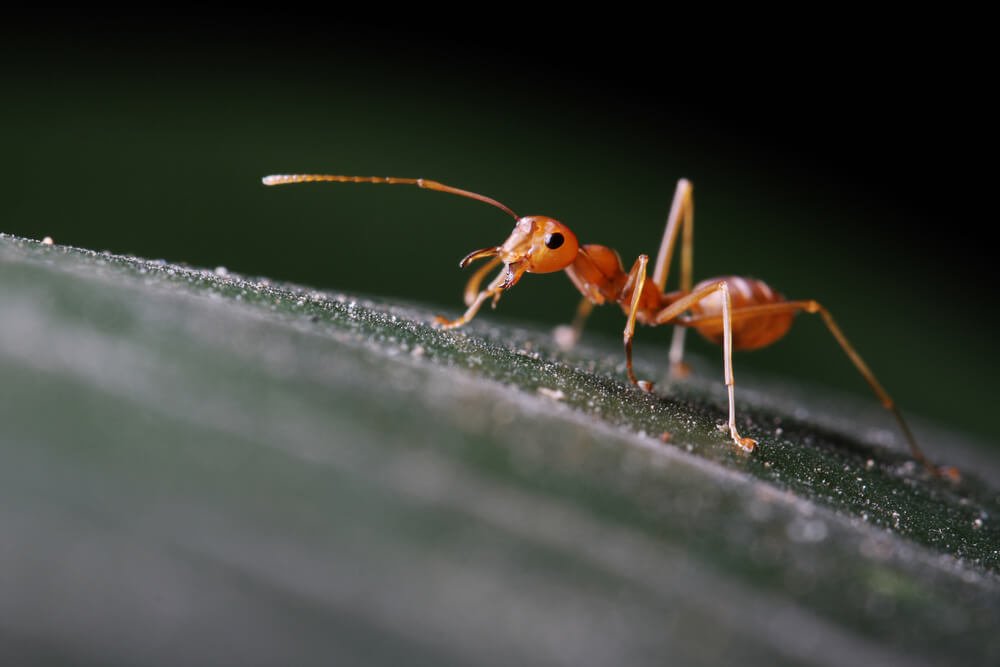Carpenter Ant Problems
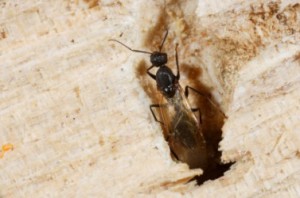 Carpenter ant infestations in your home is a concern, it is their preferred spot for a nest. Even though they do not eat wood, their nesting habits can be devastating to the structural integrity of your home. With access to food resources, an undetected carpenter ant colony can quickly grow.
Carpenter ant infestations in your home is a concern, it is their preferred spot for a nest. Even though they do not eat wood, their nesting habits can be devastating to the structural integrity of your home. With access to food resources, an undetected carpenter ant colony can quickly grow.
Carpenter ants are often mistaken for termites because of their wings. Unlike termites, carpenter ants have a narrow waist and elbowed antennae, and their bodies are darker in color. Also, termite wings tend to be longer than that of carpenter ant wings, and in general, it is much less common to see these insects during daylight hours.
Carpenter ants thrive in a moist environment, so it is crucial that any water-saturated wood in your home be removed immediately. Also, ants need sugar and protein to survive, so one of the number one ways to discourage them is by removing any and all food sources. Never leave food out where ants can find it, especially sweet, sugary treats. If you suspect carpenter ants are in the area, thoroughly clean your kitchen, along with anywhere else food debris is found. This includes hard-to-reach spots like under the refrigerator, where ants can easily feast on tiny crumbs for weeks, if not months.
Carpenter ants become fairly active in the spring, and their presence in your home is not uncommon, even if no nest is present. If you see carpenter ants in the early spring, this could mean trouble, and winter sightings almost always point to an interior nest. A large number of carpenter ants in one location, especially those with wings, is a strong indication that a nest is present.
Click here to learn more about Carpenter Ants.
If you live in Virginia and think you have a carpenter ant problem click here to schedule your free inspection.






